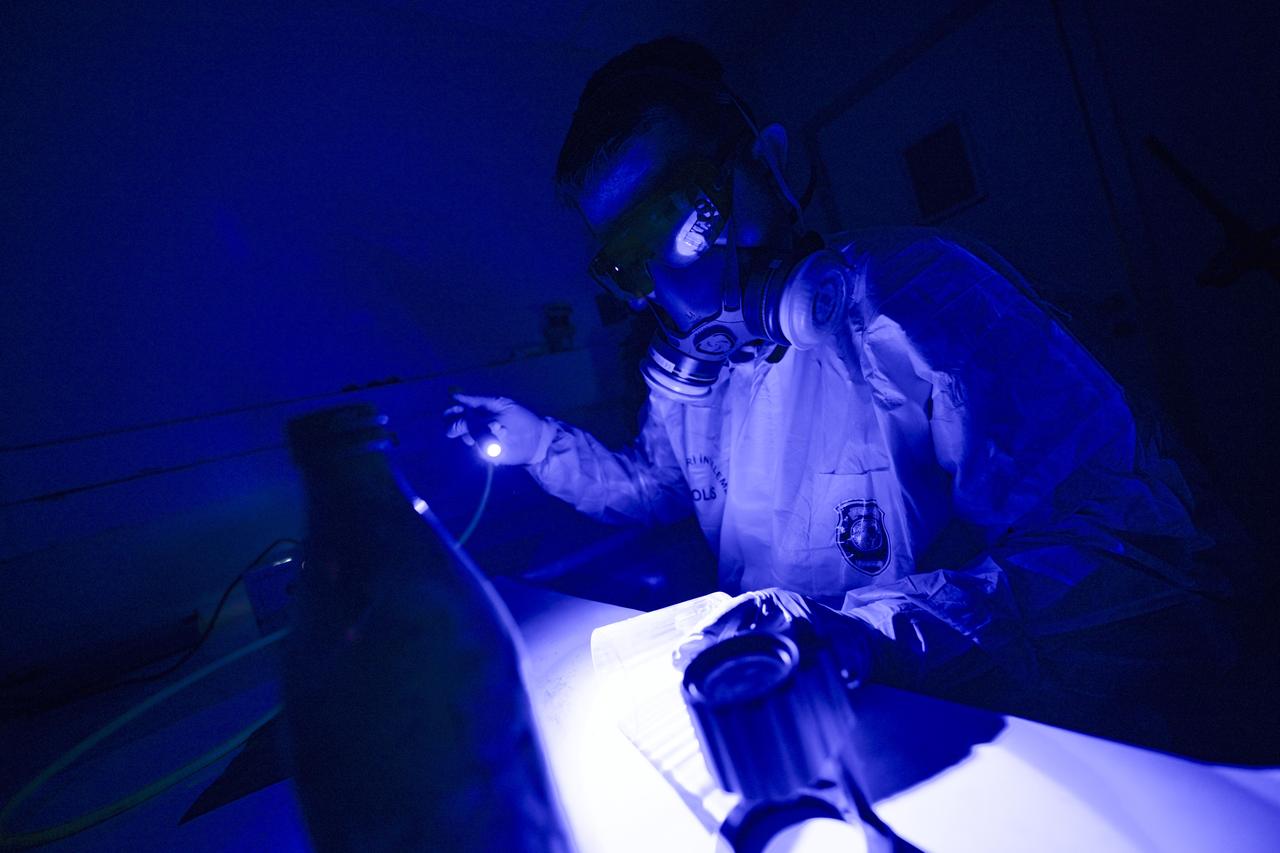
Türkiye’s Criminal Department crime scene and ballistics units are helping solve the country’s most complex crimes using cutting-edge technology and local innovation.
Whether it's murder, terrorism, assassination, or explosions, the Crime Scene Investigation Branch under the General Directorate of Security (EGM) plays a crucial role in identifying perpetrators. Using advanced fingerprint development, biometric analysis, and forensic imaging, these elite teams are often the first on the scene, working with precision, patience, and science.
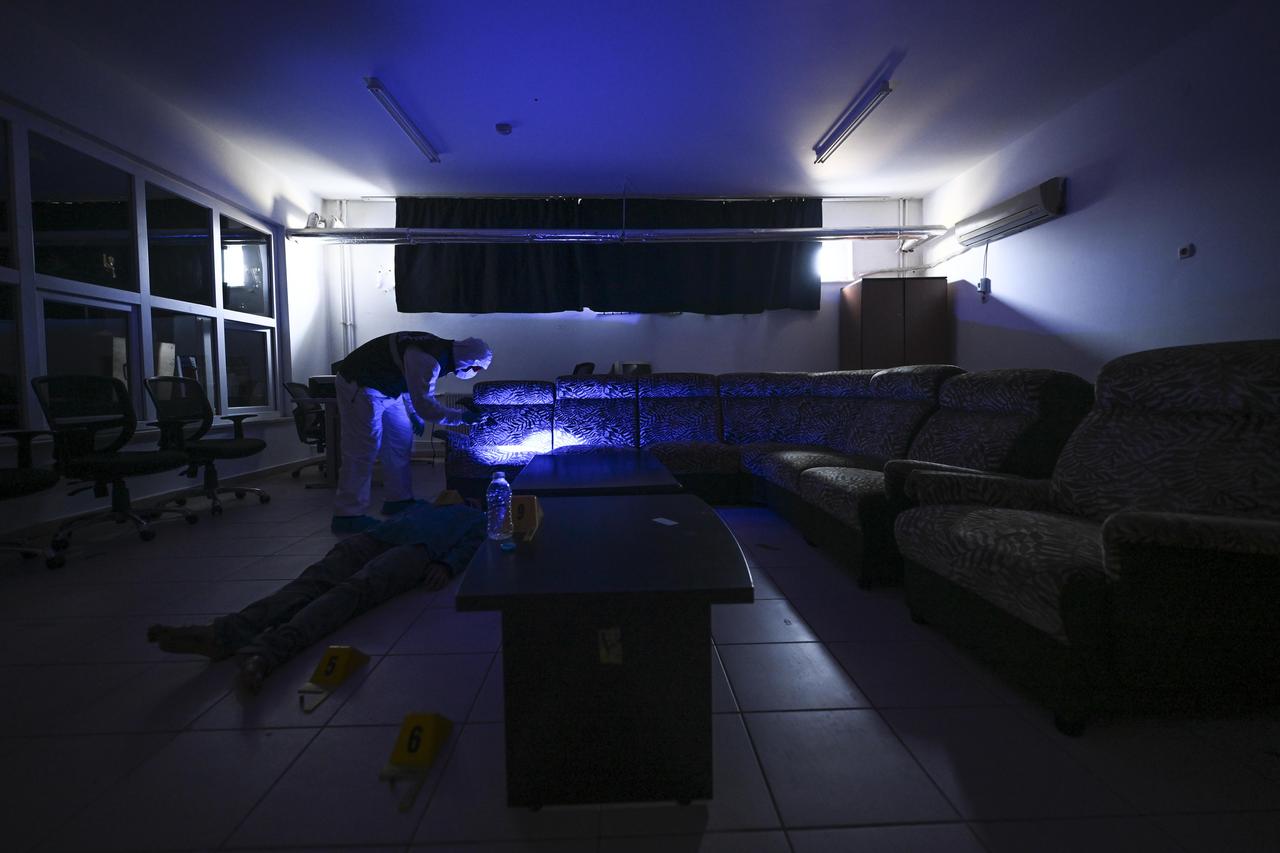
The roots of the department date back to the 1930s, based on fingerprint studies by Hungarian-born Muslim Yusuf Cemil Bey. Initially founded as a technical bureau, the unit became the Crime Scene Investigation Branch in 1996 and was reorganized under the Criminal Department in 2003.
Commissioner Gizem Ozturk, who spoke exclusively to Anadolu Agency (AA), explained that officers undergo 12 weeks of core training followed by specialization in fingerprint labs, identity verification, and forensic imaging.
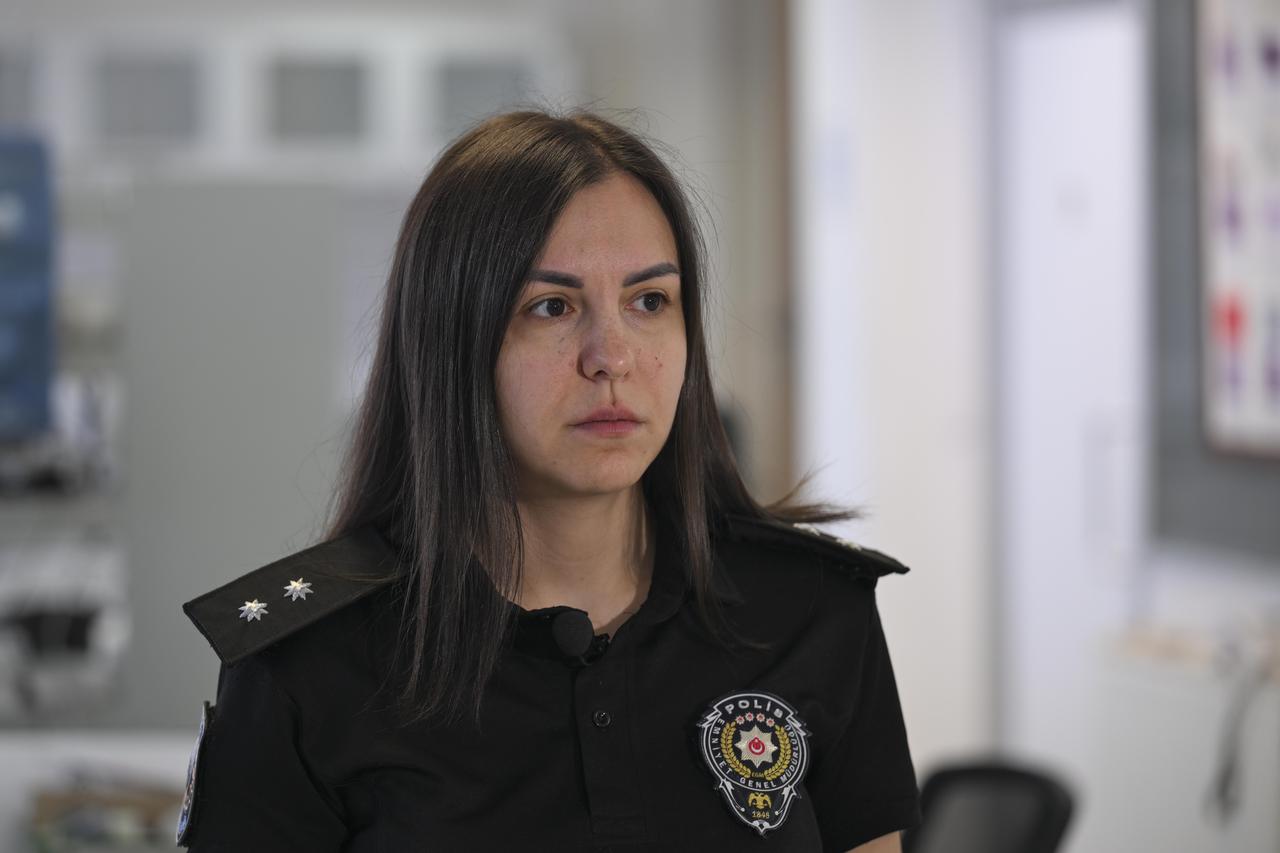
“Our teams connect the crime scene, suspect, and victim. We collect evidence so judicial authorities can make accurate decisions,” said Ozturk.
“Our findings are sent to one of the 10 Regional Criminal Police Laboratories or internal fingerprint and ID verification units. Every division has one goal: to reveal the truth and identify the perpetrator.”
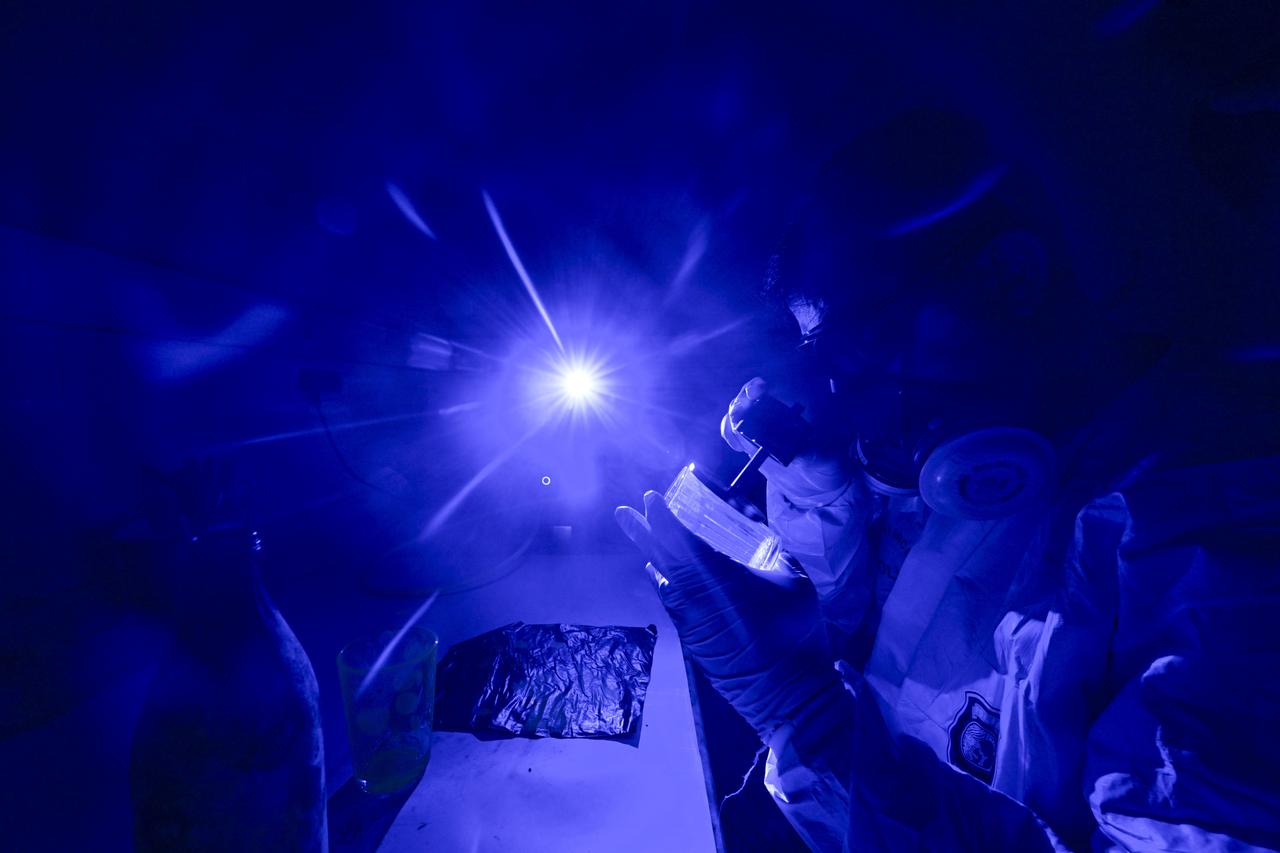
Ozturk highlighted that every fingerprint is analyzed using Türkiye’s locally developed Biometric Data Management System.
“Fingerprints obtained from scenes are compared against our national database by experts,” she explained.
“This system is 100% domestic and vital in both criminal cases and disaster response scenarios.”
She added that the role of forensic units is equally important during natural disasters, where swift identification of victims becomes a humanitarian necessity.
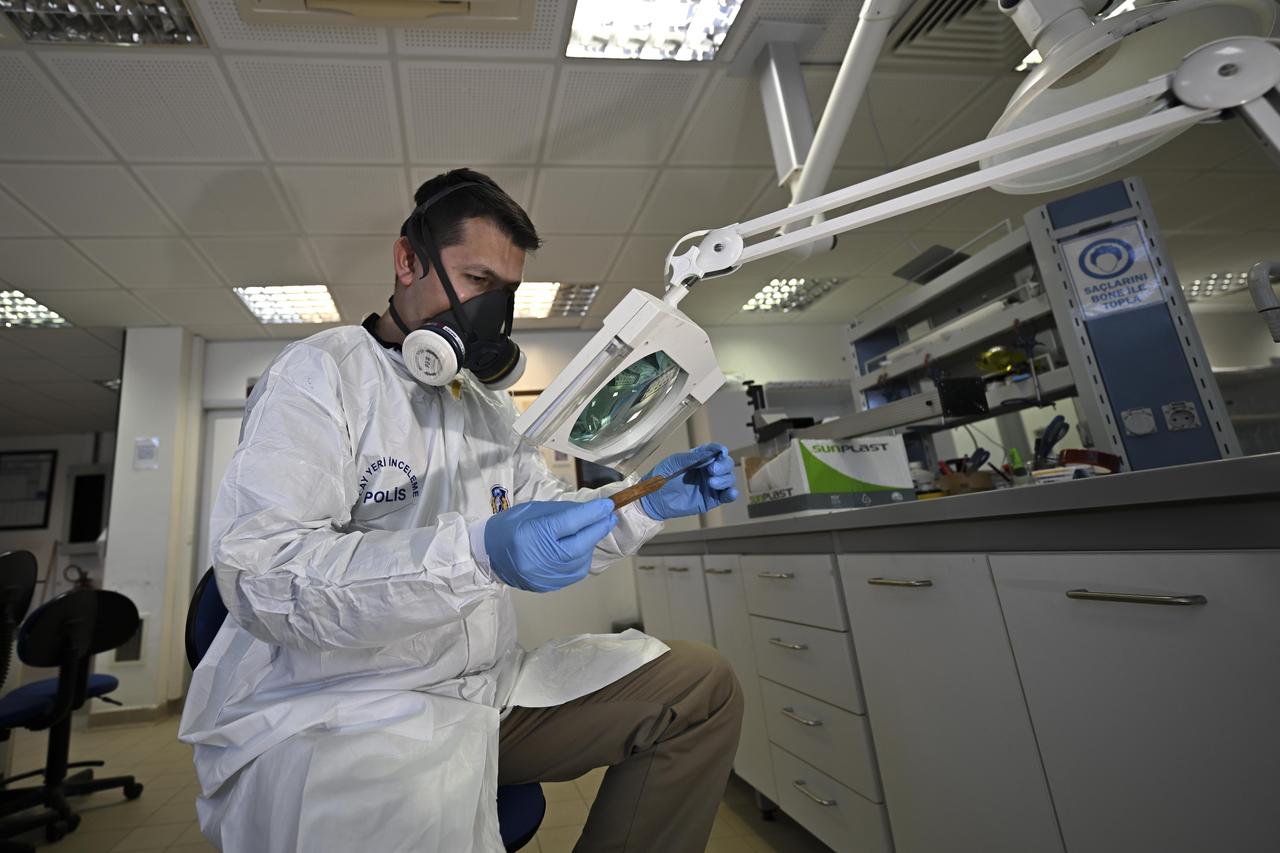
“Crime scene investigation is not just technical—it’s essential to justice,” said Ozturk. “Our work affects lives. That’s why everything is handled with care and dedication.”
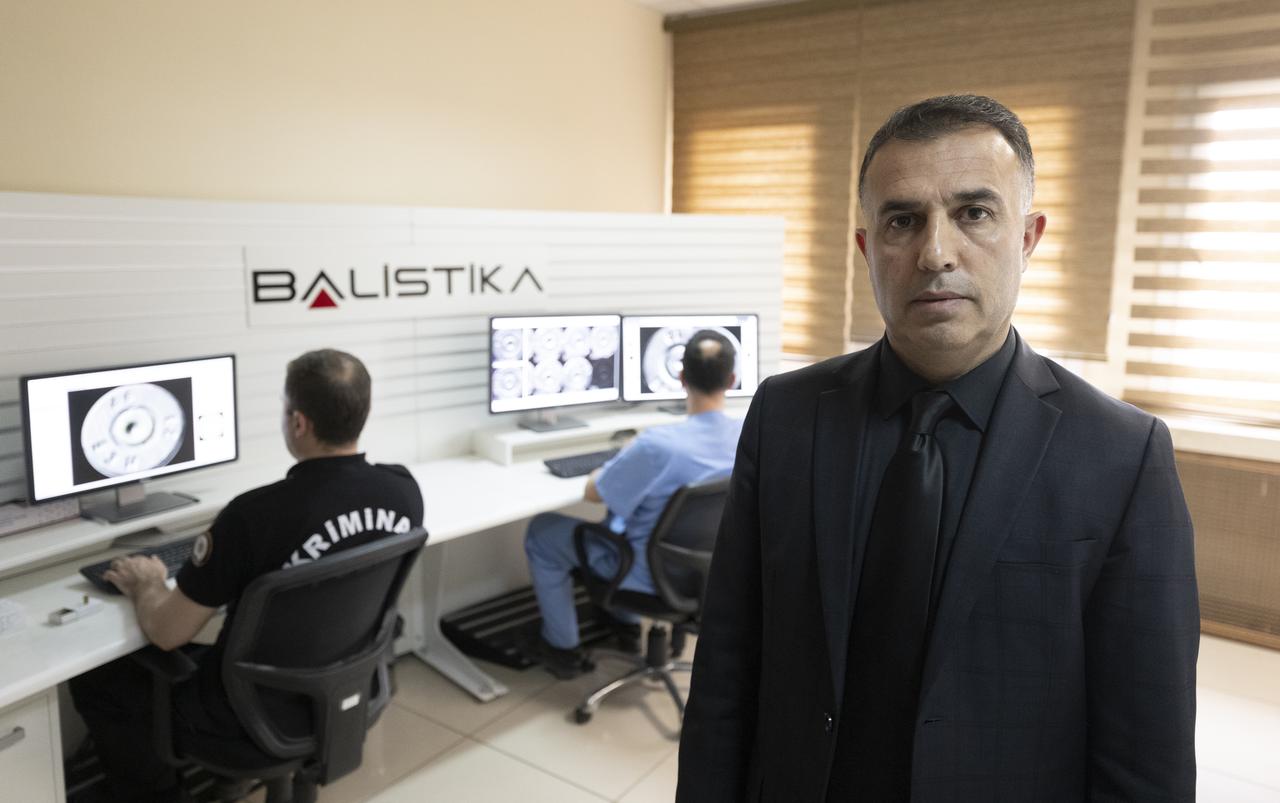
Ballistics Chief Kadir Sevim described how the Ballistics Branch examines firearms and ammunition under legal protocols. They perform test firing, then compare bullets and casings under a microscope.
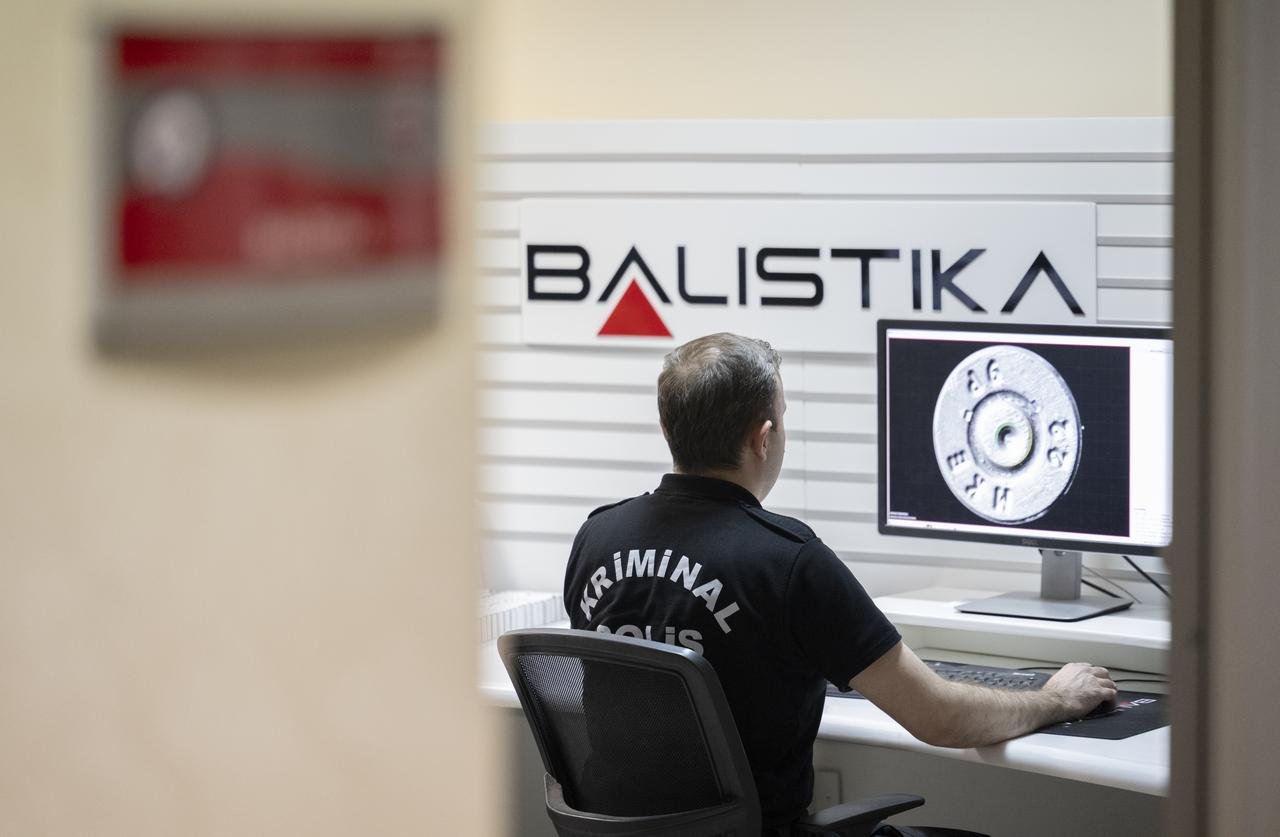
“We upload recovered cartridges to the Ballistika system,” said Sevim, referring to the nationally developed platform by the Scientific and Technological Research Council of Türkiye (TUBITAK) and the Criminal Department.
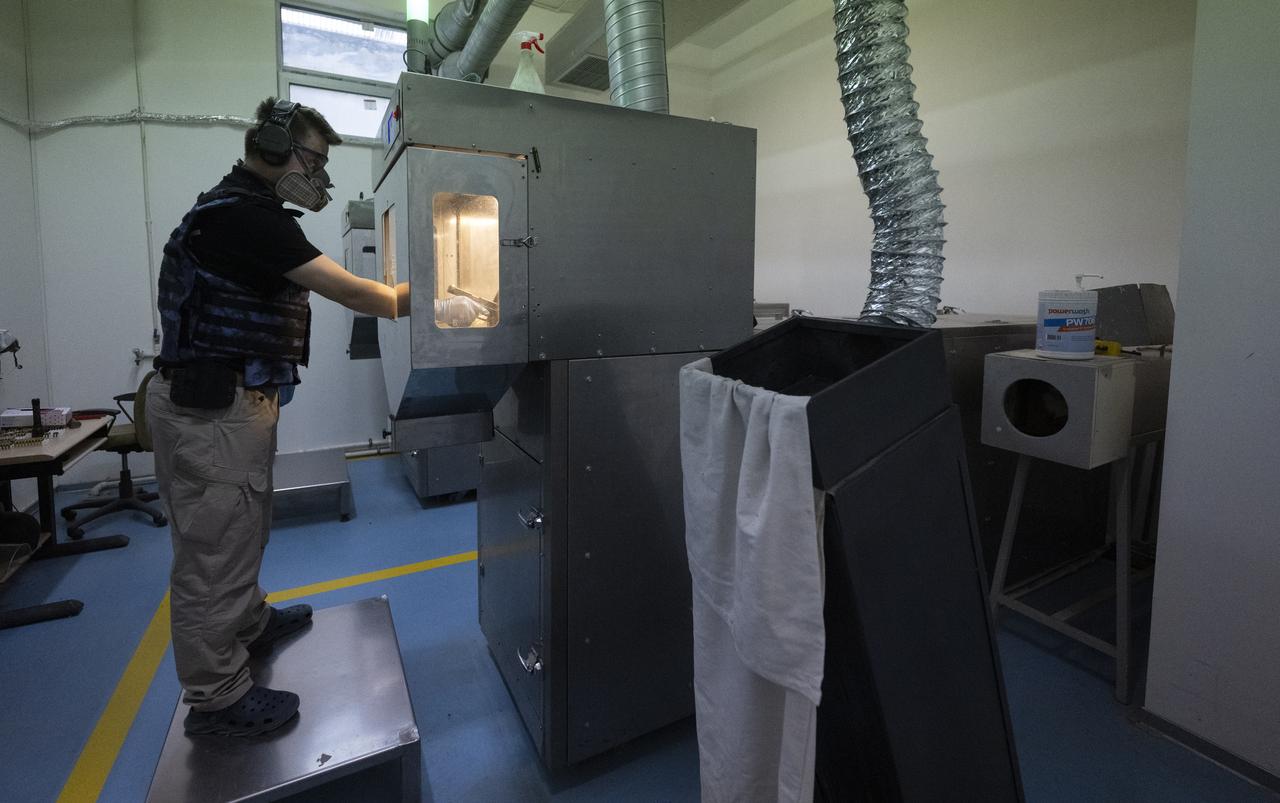
Ballistika covers police and gendarmerie regions across Türkiye. “Decisions made by our experts are final and sent to judicial authorities,” Sevim said. “We are working day and night to solve gun-related crimes, especially unsolved cases.”